Trampolines offer boundless fun and excitement for people of all ages. Whether it's for backyard play, fitness routines, or serious gymnastic training, choosing the right size trampoline is crucial to ensuring a safe and enjoyable experience.
In this guide, we'll delve into the key factors to consider when comparing trampoline sizes, helping you make an informed decision that best suits your needs.
A Trampoline Size Comparison
Diameter
One of the primary considerations when comparing trampolines is their diameter. This measurement determines the size of the jumping surface, ranging from compact mini-trampolines to expansive models suitable for multiple users.
Larger diameters provide more jumping space, accommodating bigger leaps and allowing for simultaneous use by several jumpers.
Here are some of the common diameter sizes you'll encounter in the market:
- 8-10 feet: Trampolines in this size range are often considered compact or mini trampolines. They are ideal for smaller yards or indoor use and are suitable for younger children or individuals looking for light exercise and recreational jumping.
- 12 feet: A 12-foot trampoline strikes a balance between space and manageability. It provides ample jumping area for children and adults alike, making it a popular choice for families with limited outdoor space.
- 14 feet: Trampolines with a 14-foot diameter offer a generous jumping surface suitable for multiple users simultaneously. This size is commonly chosen by families with older children or those looking for a more spacious bounce experience.
- 15 feet and above: Trampolines measuring 15 feet or larger are considered large and are often preferred by families or enthusiasts who prioritize maximum jumping space. These trampolines provide plenty of room for acrobatic maneuvers, group play, and fitness activities.
| Attribute | 8-10 Feet Trampoline | 12 Feet Trampoline | 14 Feet Trampoline | 15 Feet and Above | Rectangular Trampoline | Oval Trampoline |
|---|---|---|---|---|---|---|
| Ideal Use | Small yards or indoor | Medium yards, family use | Suitable for multiple users | Maximum jumping space, group activities | Ideal for gymnastics and training | Compromise between space and bounce performance |
| Diameter | 8-10 feet | 12 feet | 14 feet | 15 feet and above | Varies based on model | Varies based on model |
| Frame Size | Small frame | Medium frame | Large frame | Extra-large frame | Typically large frame | Medium to large frame |
| Weight Capacity | Usually for lighter users | Suitable for families, supports various weights | Supports heavier users | High capacity, suitable for multiple users | High capacity | High capacity |
| Main Advantages | Good for young children and light exercise | Balance of space and manageability | Spacious jumping experience | Ample room for acrobatics and fitness | Long jumping area, suitable for professional training | Versatile performance for various activities |
Rectangular and oval trampoline
While circular trampolines are the most common, rectangular and oval-shaped trampolines also exist.
These non-circular shapes offer unique advantages, such as elongated jumping areas and more predictable bounce trajectories, making them popular among gymnasts and athletes.
Shape
Trampolines come in various shapes, including circular, rectangular, and oval. Circular trampolines are the most common, offering consistent bounce across the surface.
Rectangular trampolines, favored by gymnasts and athletes, provide elongated jumping areas conducive to practicing specific routines.
Oval trampolines combine aspects of both shapes, offering a compromise between space and bounce performance.
Frame Size
The size of the trampoline frame influences its stability and weight capacity. A larger frame enhances structural integrity, supporting heavier loads and minimizing wobbling during vigorous bouncing sessions.
When comparing frame sizes, prioritize models with sturdy construction and ample reinforcement to ensure long-lasting durability.
Weight Capacity
The weight capacity of a trampoline is a critical consideration for safety and performance. Ensure that the trampoline can support the combined weight of all intended users, accounting for variations in size, age, and activity level.
Exceeding the weight limit can compromise the structural integrity of the trampoline and increase the risk of accidents or injuries.
Choosing the right size trampoline involves careful consideration of various factors, including diameter, surface area, shape, frame size, height, and weight capacity.
By evaluating these aspects in relation to your specific needs and preferences, you can select a trampoline that provides optimal space, safety, and enjoyment for you and your family.
Whether it's for recreational play, fitness training, or competitive gymnastics, the perfect trampoline awaits with the right combination of size and features.


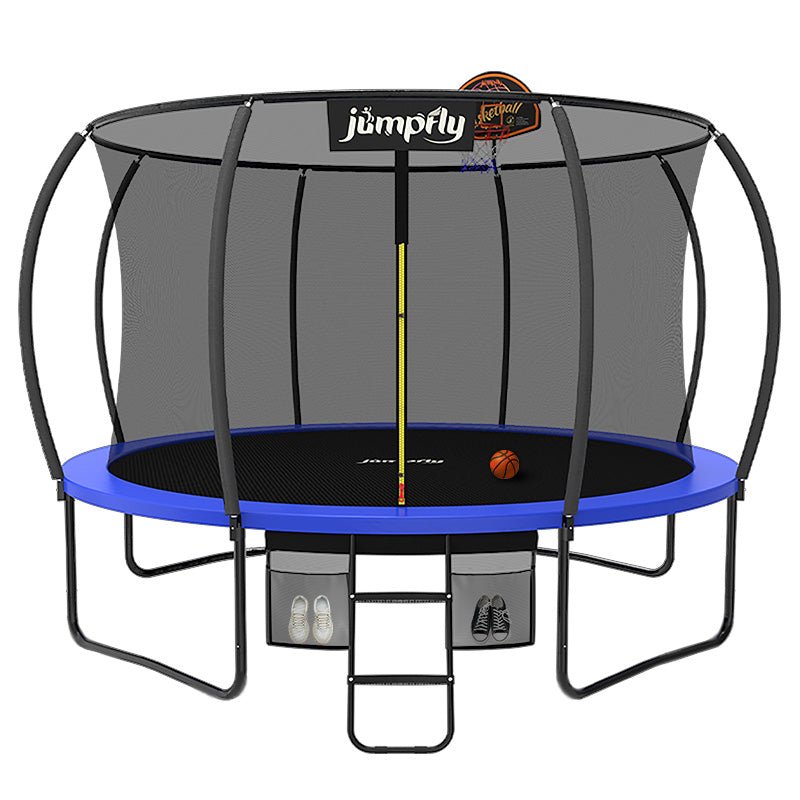
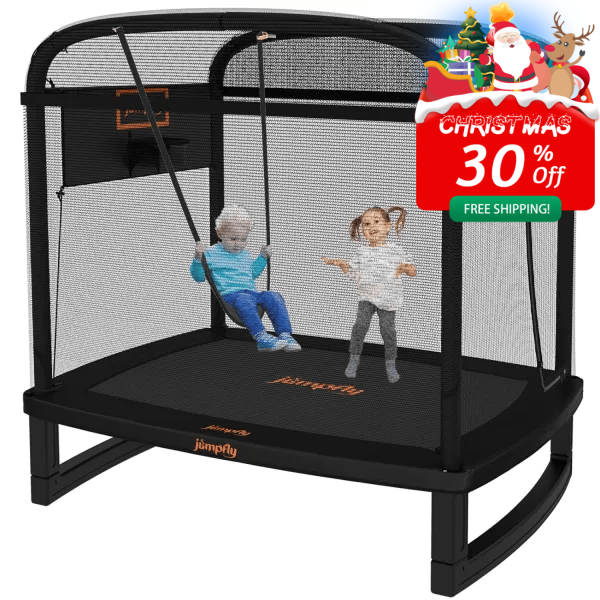
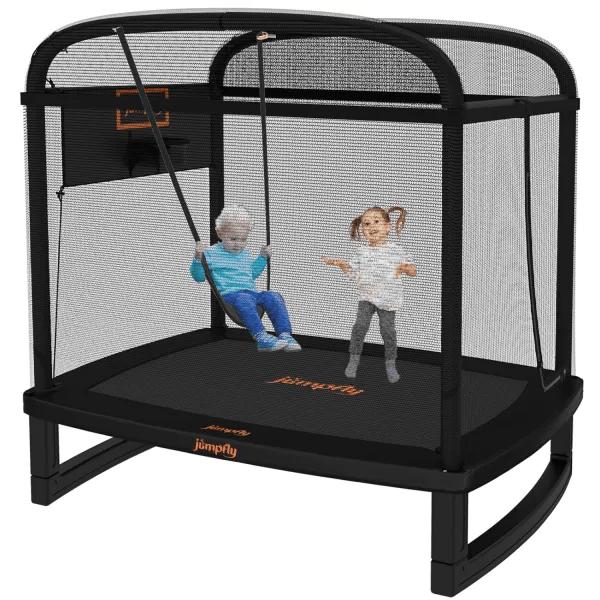
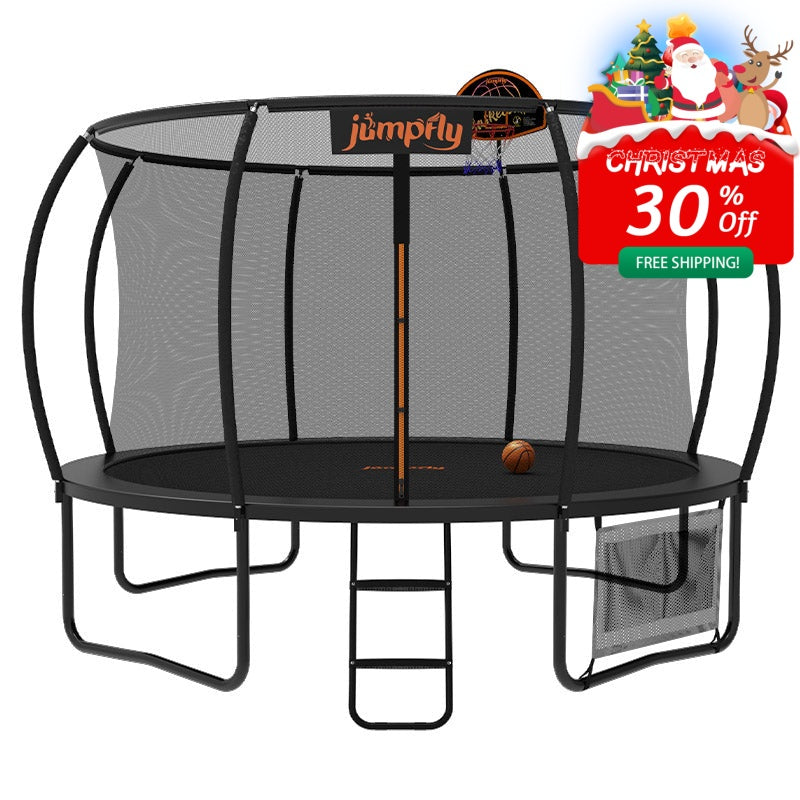
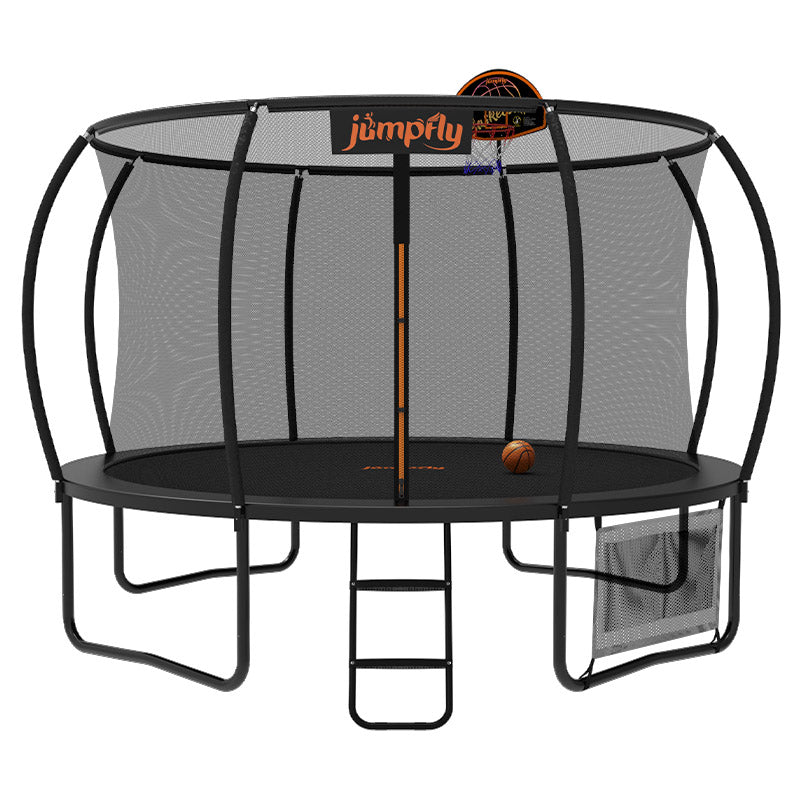
Leave a comment
All comments are moderated before being published.
This site is protected by hCaptcha and the hCaptcha Privacy Policy and Terms of Service apply.